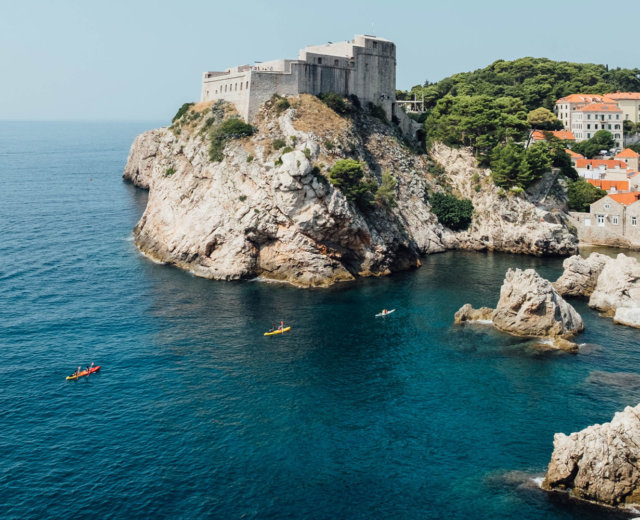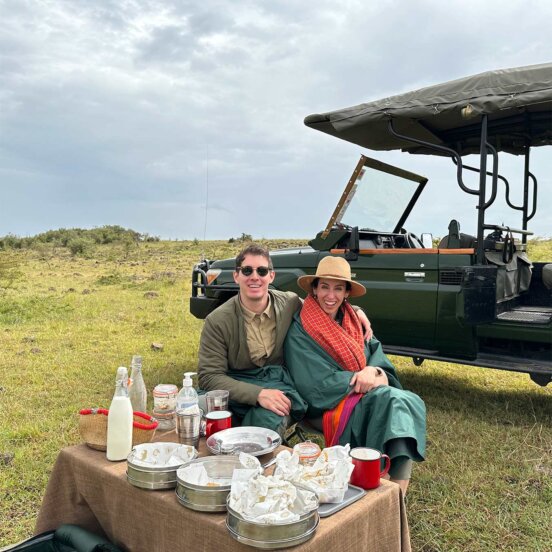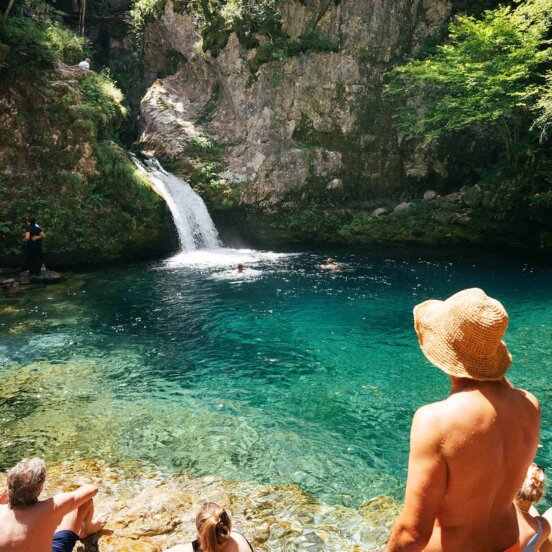The ultimate solo travel guide to Cuba: Everything you need to know
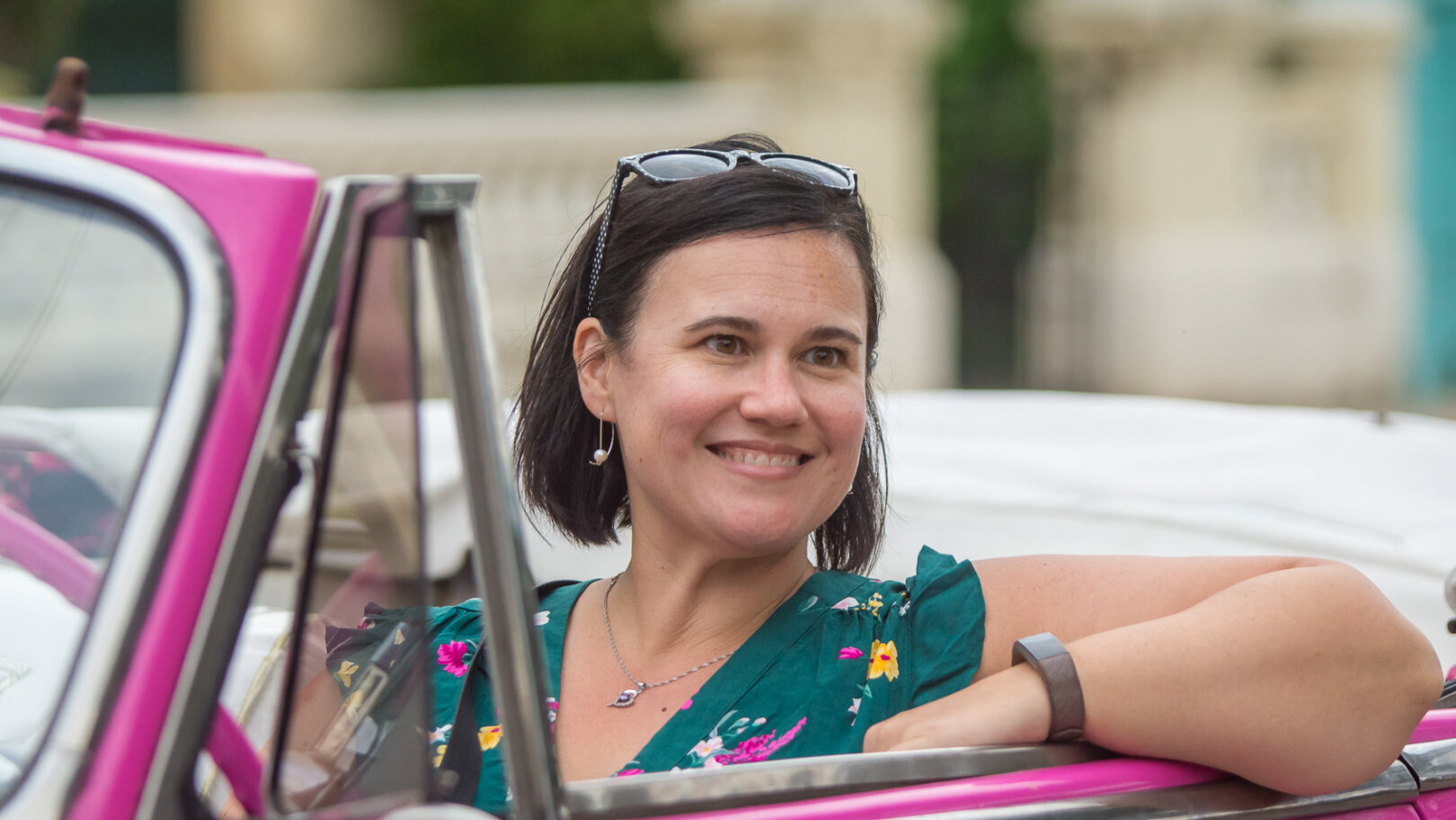
Cuba is ideal for solo travel. Like most of the Caribbean, the country offers an abundance of swaying palm trees, white sand beaches and rum cocktails over arresting sunsets. But the largest of the island group has a unique cultural and historical twist, from colonial heritage to political rule. For those willing to embrace the unexpected, it’s most definitely a once-in-a-lifetime adventure.
Firstly, traveling around Cuba is an eclectic history lesson. Six decades of Communism may have stripped it of material wealth, but its cultural riches remain intact: 1950s Cadillacs purr alongside tin can Ladas and steadfast Chinese bicycles; fields are ploughed by oxen and cowboy-hatted farmers; children play with handmade toys in colourful ramshackle streets.
While remnants of the 1959 Cuban Revolution and political climate are commonplace – you won’t find multinational fast food chains, identikit shopping malls or advertising billboards, save for political slogans – there’s a special charm and soul to the likes of the capital Havana and Spanish-style Trinidad, with narrow cobbled streets, pastel-coloured buildings and ramshackle mansions, many of which have been given makeovers.
Beautiful landscapes are abundant, from verdant valleys to lush rainforests and vibrant coral reefs off glorious coastlines. The Bay of Pigs, one of Cuba’s prime dive and snorkeling sites, is a place to tick off all your Caribbean island dreams, with crystal clear water teeming with technicoloured fish. The Zapata Peninsula is a vast wetland of dense mangroves, underwater canyons and grasslands, teeming with flamingos, migratory birds and crocodiles.
There’s also an explosive arts scene with music, dance and galleries fronted by a strong band of creative locals. Cuba is soulful and very much a country that dances to its own rhythm. For those who prefer to share the group solo adventure with like-minded travelers – all in their 30s and 40s – Flash Pack’s Soulful Cuba trip not only covers the highlights, but immerses you in the culture and landscape with can’t-do-by-yourself activities. Here’s everything you need to know about a group solo trip to Cuba.
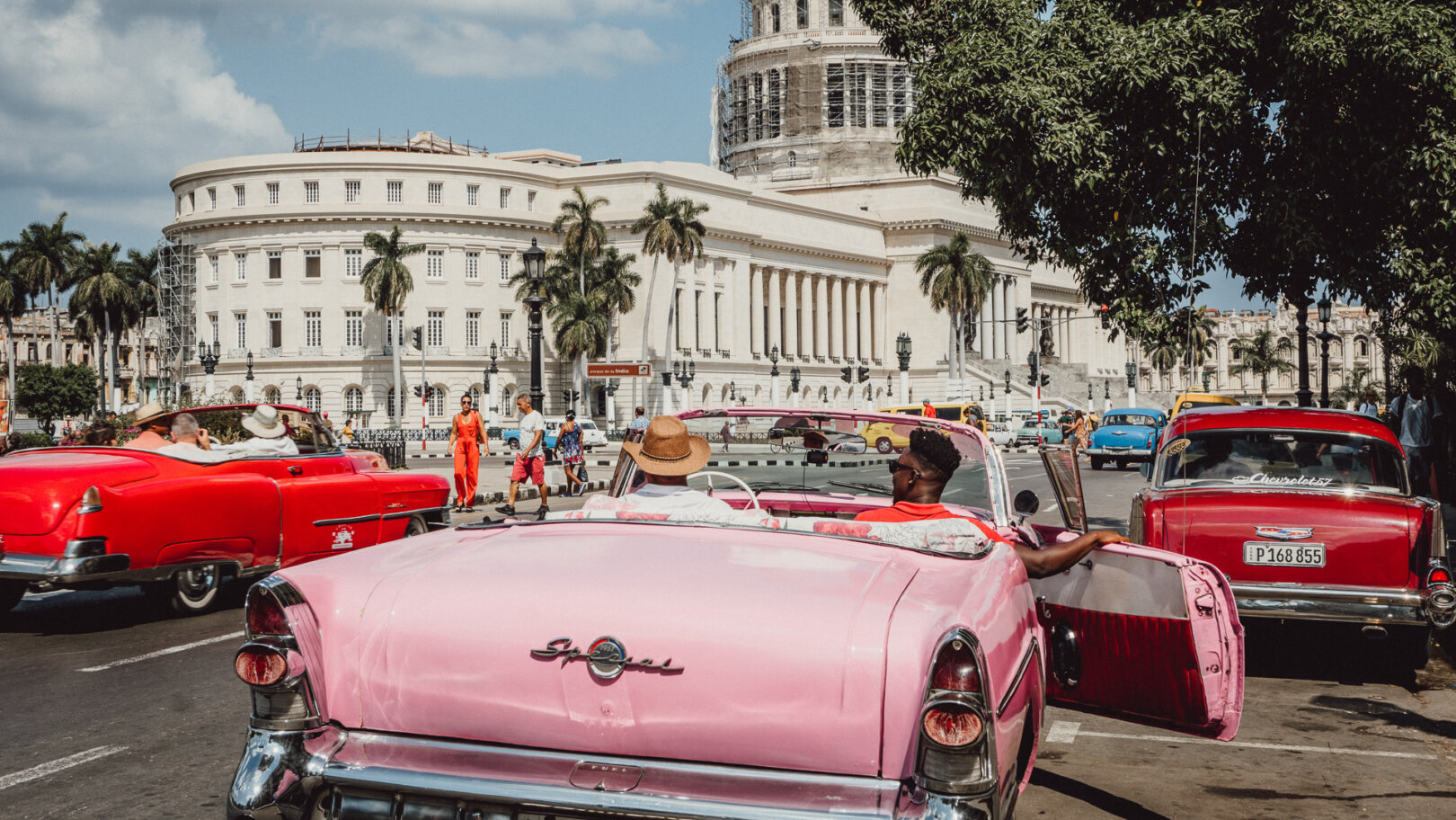
Cuba travel facts
The largest island in the West Indies archipelago, and part of the Greater Antilles, Cuba is sandwiched between Haiti on its eastern shore, Mexico on its western, and the US state of Florida to its north. And, while political influence may have created adversity over the years, a uniquely creative and spirited country has blossomed from its hardships.
Thanks to well-preserved 16th- to 19th-century architecture, Cuba has also been recognized with nine World Heritage Sites. From the fortifications, baroque and neoclassical edifices of Old Havana, to the stone fortress of San Pedro de la Roca at the entrance of Santiago de Cuba, to the sugar valley of Trinidad, there’s a vast swathe of history to uncover. There are also diverse national parks: the green-carpeted Alejandro de Humboldt National Park and the marine terraces of Desembarco del Granma National Park.
Is Cuba good for solo travel?
With its pulsing energy, unique culture and incredible landscapes, Cuba is a great choice for solo travelers itching to explore. But WiFi connectivity can be slow, mobile roaming patchy and expensive and accommodation facilities can be basic, so it’s best to plan what you want to do before you arrive.
Outside of Havana, few people speak English so it can be tricky to converse if you don’t speak any Spanish. Having said that, Cubans are friendly islanders who will make every effort to interact and help you in any way they can. For ease, Flash Pack’s Soulful Cuba adventure is full of activities hand-picked for you and led by our guide, all with immersion into the local culture, from salsa and reggaeton lessons to community crafts and backstreet food tours.
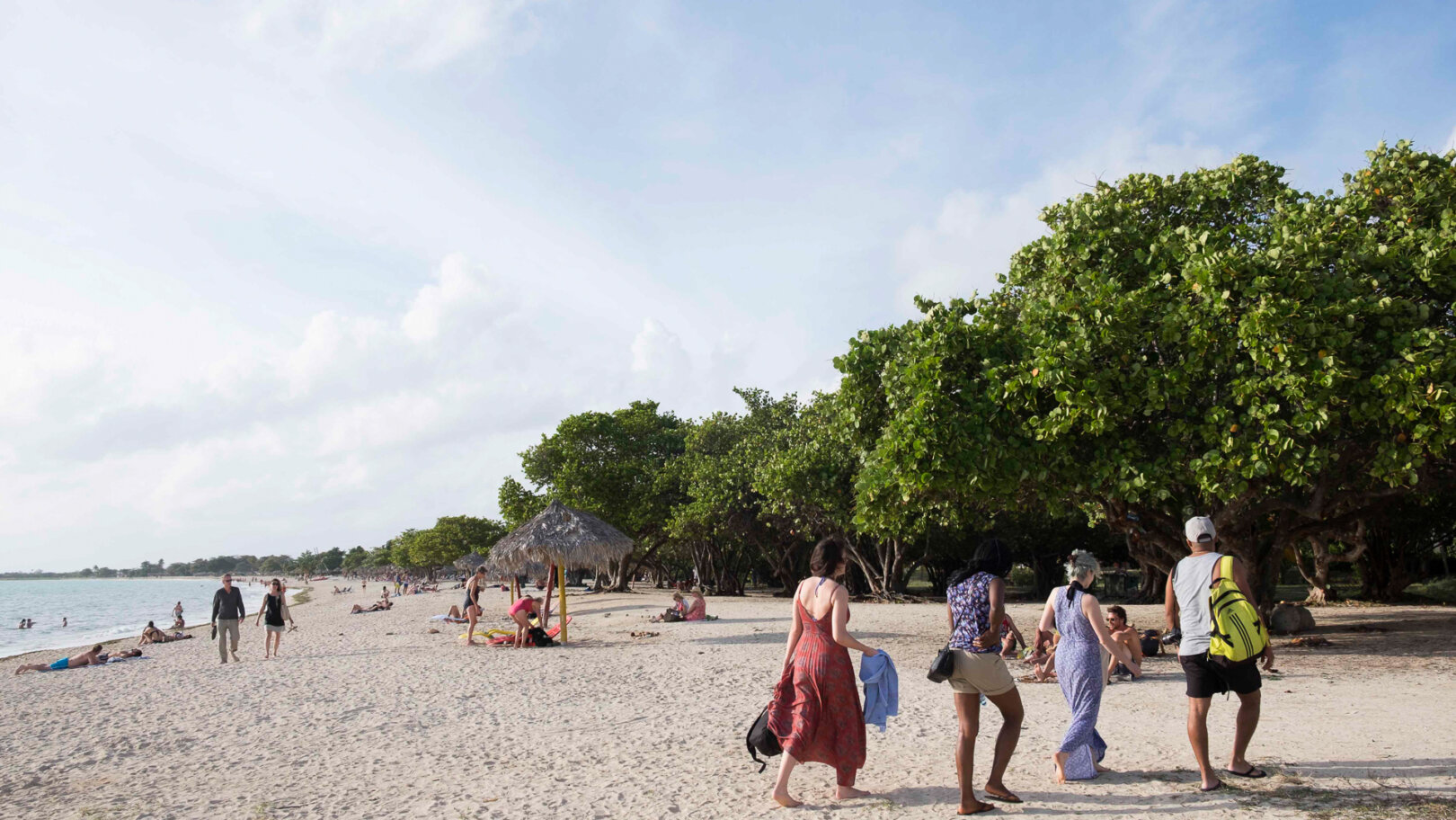
Best places to visit in Cuba
What should you do on a solo trip to Cuba? No adventure would be complete without exploring Havana’s atmospheric Old Town. Take in the view from the seafront Malecón (esplanade), cruise through the city in a classic car or while away a lazy afternoon drinking mojitos in a rooftop bar and listening to the rhythms of salsa y son.
The western corner of the country offers a change of pace, where rural life, oxen, cowboys and tobacco fields continue as they have done for generations. There’s excellent snorkeling off the cyan shores of Cayo Levisa and Maria la Gorda, while the small inland town of Viñales attracts visitors for its spectacular limestone mogotes and access to the Sierra de los Organos mountain range.
Cuba’s north coast is fringed with idyllic white sand and turquoise bays. But beyond the wall-to-wall beach resorts around Varadero, you’ll find fascinating French and Spanish colonial towns: the pretty port of Cienfuegos, perfectly preserved Trinidad, the charming village of Remedios and the stately city of Camaguey. Further east, you can lap up the Caribbean vibe in the port town of Santiago de Cuba or kick back in laidback Baracoa, the island’s oldest and most isolated town, surrounded by rainforest, rivers and palm-fringed beaches.
Where to stay as a solo traveler in Cuba
What are hotels like in Cuba? Aside from the international resorts around Varadero, most hotels in Cuba are state-run. They range from top-class historic hotels in grand colonial buildings to basic uniform city blocks. These are complemented by casas particulares (privately owned properties), which offer the most charming and characterful stays with locals.
Regardless of your accommodation, power cuts and breaks in hot water are unavoidable. When you experience solo travel in Cuba with Flash Pack, we’ll always make sure hotels or casas are truly unique. Sharing a room helps keep costs down and avoid pesky single supplements, but if you want your own room, that’s possible, too.
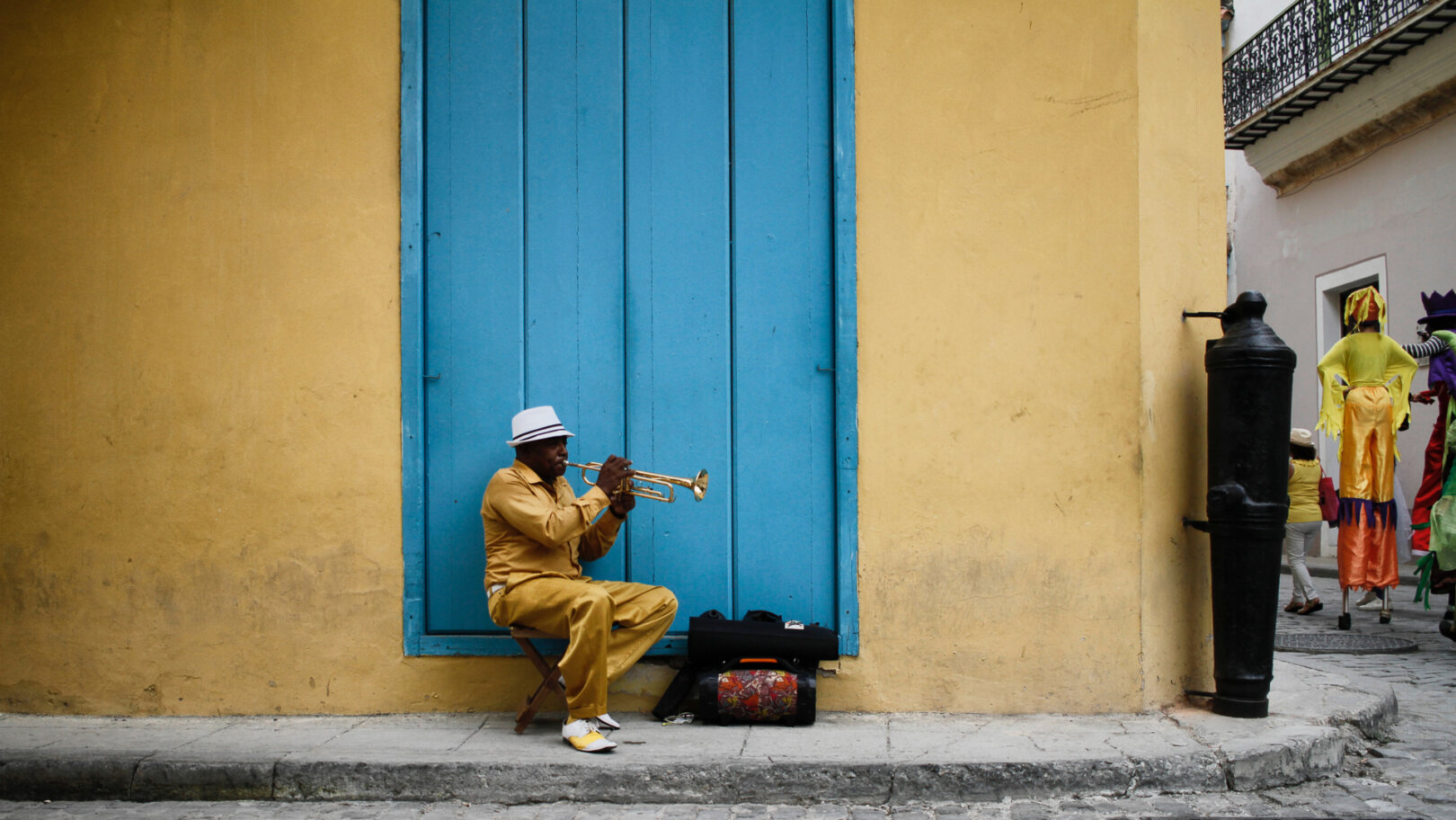
How to get to Cuba
Jose Marti Airport, 15 kilometers southwest of Havana, is the island’s main gateway with direct flights from Europe and the US. Varadero Juan Gualberto Gomez Airport serves the northern beach resorts. Some airlines offer flights via Mexico to avoid any entry issues that come with traveling directly from the USA.
How to get around Cuba
Cuba is the largest island in the Caribbean and it’s easy to underestimate how long it takes to travel around. Few Cubans own their cars so travel is mostly by bus. There are extensive networks throughout the country and tickets are very affordable. Private transfers are a more expensive option and taxis don’t have fixed meters so it’s important to agree on a price before setting off. It’s possible to hire a car but roads are frequently potholed and you could be sharing them with bicycles, horse-drawn carts and livestock. Shortages of fuel and spare parts can also cause difficulties for drivers.
A group solo trip to Cuba is a great way to see the best of the country without the difficulties that can come with being completely on your own. Flash Pack takes care of all your domestic travel, with private minibuses and a local guide to steer you through the inevitable bumps in the road, so you can sit back and enjoy the journey.
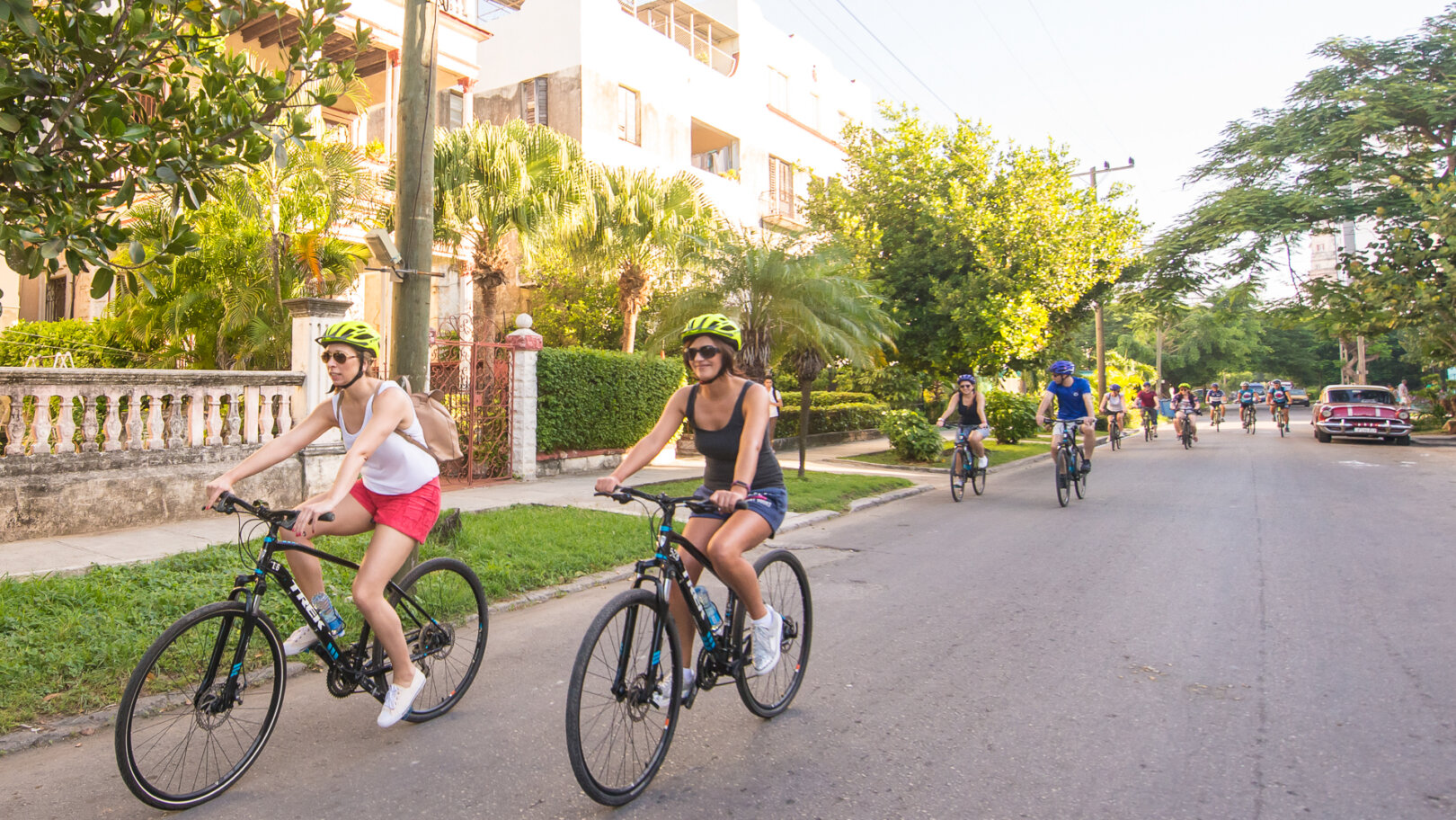
Best time to visit Cuba
Cuba has a wonderful Caribbean climate with a long season of warm, sunny days and very little rain, particularly in Havana and on the coast. High season is dictated by European and North American holidays, rather than the weather. The most popular times to visit include the Easter period, July to August, and the last three weeks of December.
The driest and least humid time to visit is between December and April, when skies are usually blue and cloudless. July and August are the hottest months with temperatures averaging 31°C. Rain falls mainly in May and June and from September to October, but there can be showers throughout the year. Balmy island breezes ensure the heat and humidity rarely becomes unbearable.
Cuba travel itineraries
Flash Pack’s solo group Soulful Cuba trip is not your average escape. You’ll venture beyond the beaches and obvious sights to where local life unfolds. Starting in Havana, you’ll explore the city by bicycle with the athletes from the Cuban Masters club. You’ll then take a salsa lesson before hitting the capital’s lively dance clubs accompanied by your teachers. And you’ll feel the wind in your hair as you cruise through the city in a fleet of classic convertibles.
Travelling south to the Spanish-style Trinidad, where the clocks stopped in 1850, you’ll enjoy a relaxed few days exploring the pretty cobbled streets, kayaking along the spectacular coast and visiting a local community to learn the art of traditional Cuban crafts. Along the way, you’ll meet people from all walks of life, immersing yourself in the real Cuba.
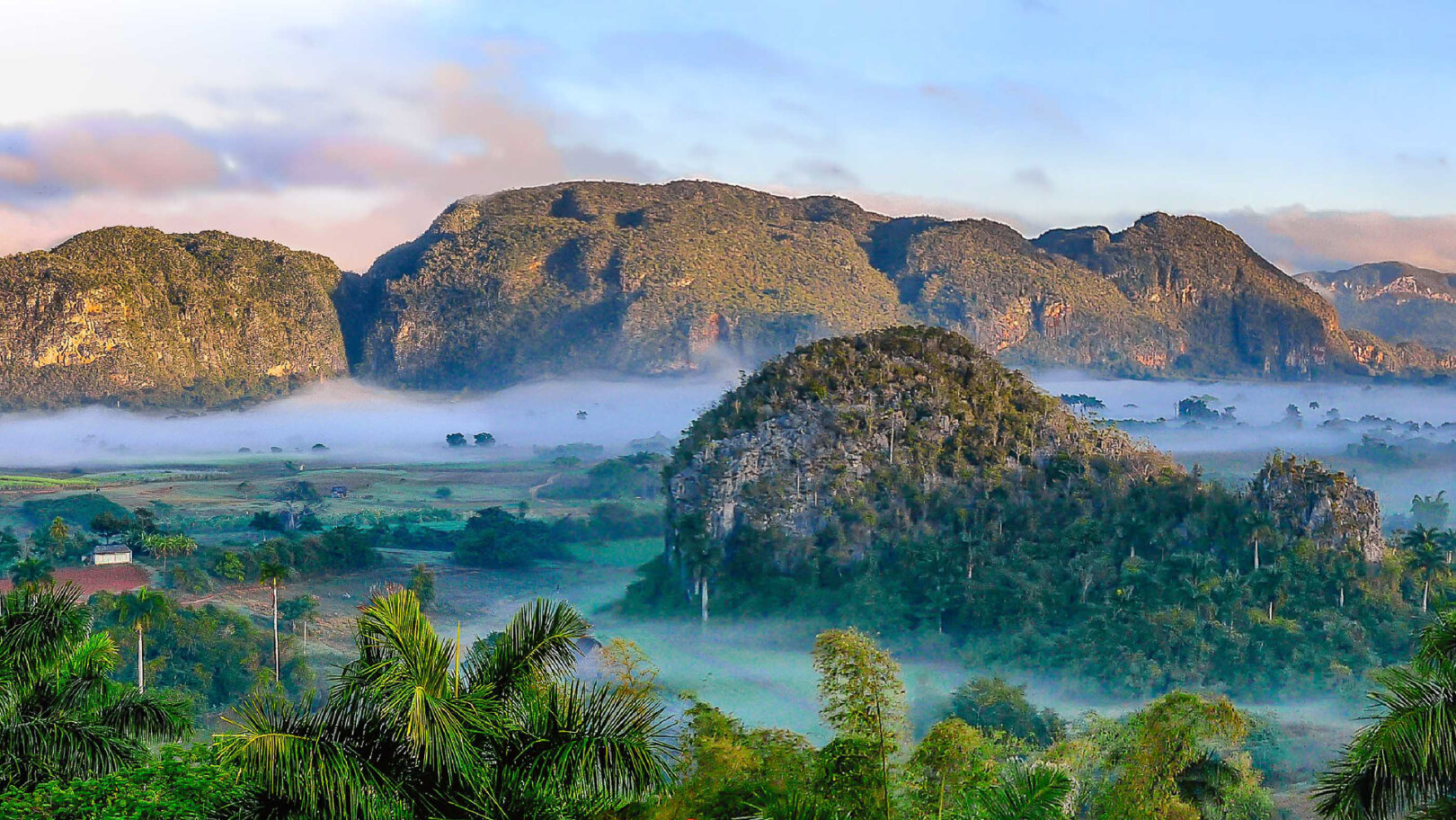
What to pack for solo travel in Cuba
Unlike most countries, you’ll need to bring most things with you for solo travel in Cuba. That means all medicines, sunscreen and toiletries – even paracetamol or deodorant can be hard to find once you’re there. You might also want to pack some toilet roll and hand sanitiser as bathroom facilities can be basic. Tap water in Cuba isn’t drinkable, so a water filter bottle is highly recommended. Be prepared for the hot sunshine with breathable layers, a light rain jacket and a comfortable pair of trainers – and don’t forget your swimwear and sunnies.
Solo travel advice for Cuba
If you’re used to traveling on a wing and a prayer you might need to change tack for a solo trip to Cuba. There are several hoops to jump through before you even hop on a plane. All travelers require a visa and medical insurance in order to enter the country. Due to a US embargo, travelers from America must have an authorized purpose for travel (tourism isn’t permitted) to be compliant with law.
However, Flash Pack’s Soulful Cuba trip has been carefully arranged to ensure that travel is safe and legal for group tours. It also provides an effortless way to get beneath the skin of Cuba, travelling with the expertize and insider knowledge of a Pack Leader and a small crew of like-minded travelers for company.
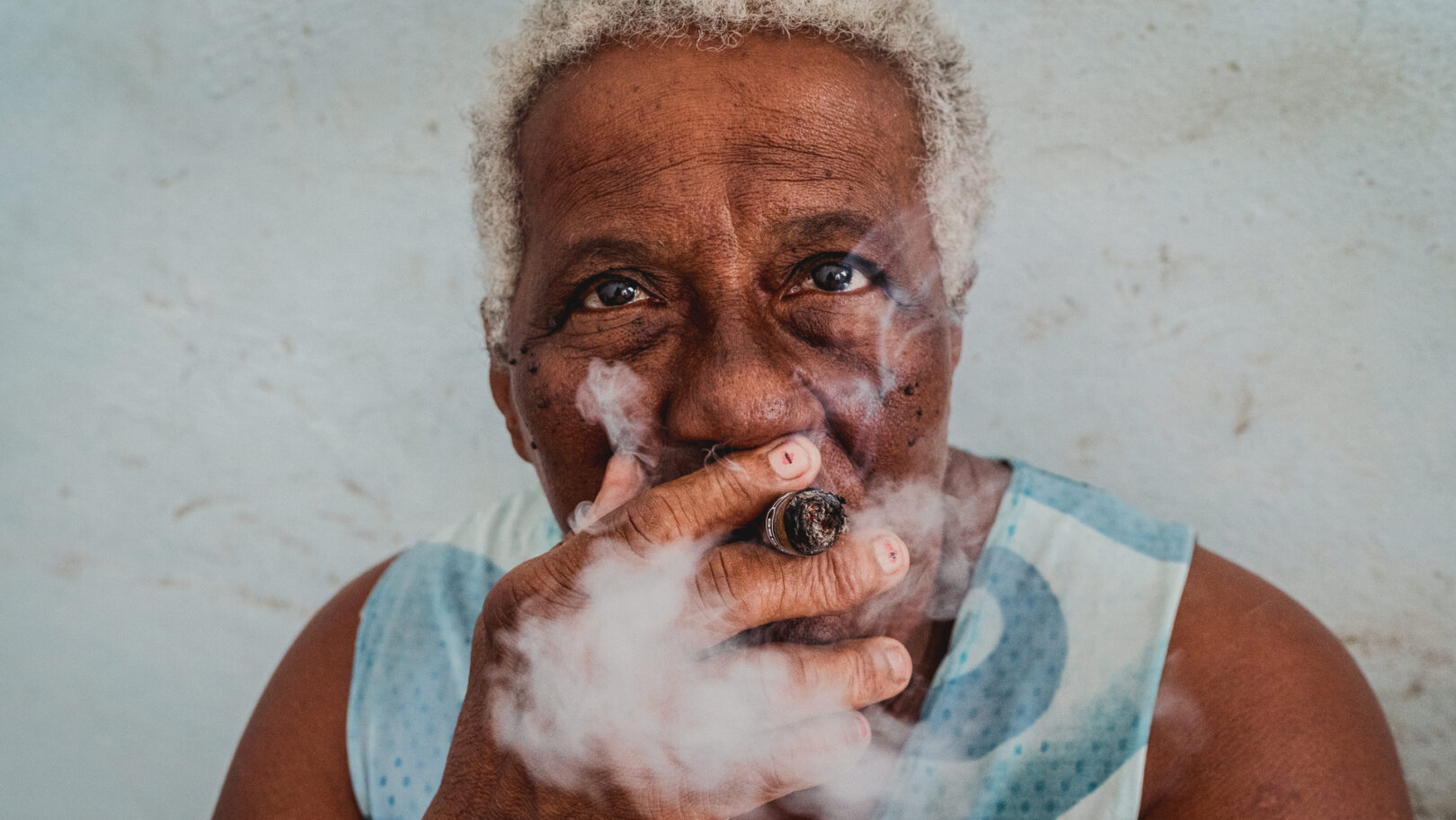
Is it safe to travel solo in Cuba?
Thousands of visitors experience solo travel to Cuba every year and most trips are trouble-free. However, do check out the Foreign and Commonwealth Office (UK), the Department of State Travel Advisories (US) or your country’s local government guidelines for the latest advice before traveling, especially travelers from the USA. Once there, follow local advice and be aware of your surroundings at all times.
Cuba is a country that is changing rapidly and travellers need to be prepared that things might not always go according to plan. Delays and ticket shortages mean you need to allow flexibility in your schedule. ATMs might not work and shops may unexpectedly close. Avoid carrying large amounts of cash and remember that hi-tech items like phones and laptops are highly sought after.
Despite the bureaucracy and frustrations, Cuba is an incredible country to visit, most Cubans are friendly and the country provides a unique platform for cultural immersion. Bring a sense of adventure and plenty of patience and you’ll have an amazing trip. However, solo travelers might prefer the safety and security of a group solo Flash Pack adventure.
Ready for your next adventure? Try group solo travel in Cuba with Flash Pack – designed exclusively for people in their 30s and 40s, seeking the independence of solo travel within the safety of a group.
A cool 98% of Flashpackers arrive solo to join our group adventures. So, you’ll be in good company – whether a first time solo traveler or a seasoned pro looking for like-minded new friends.
Images: Flash Pack & Unsplash

